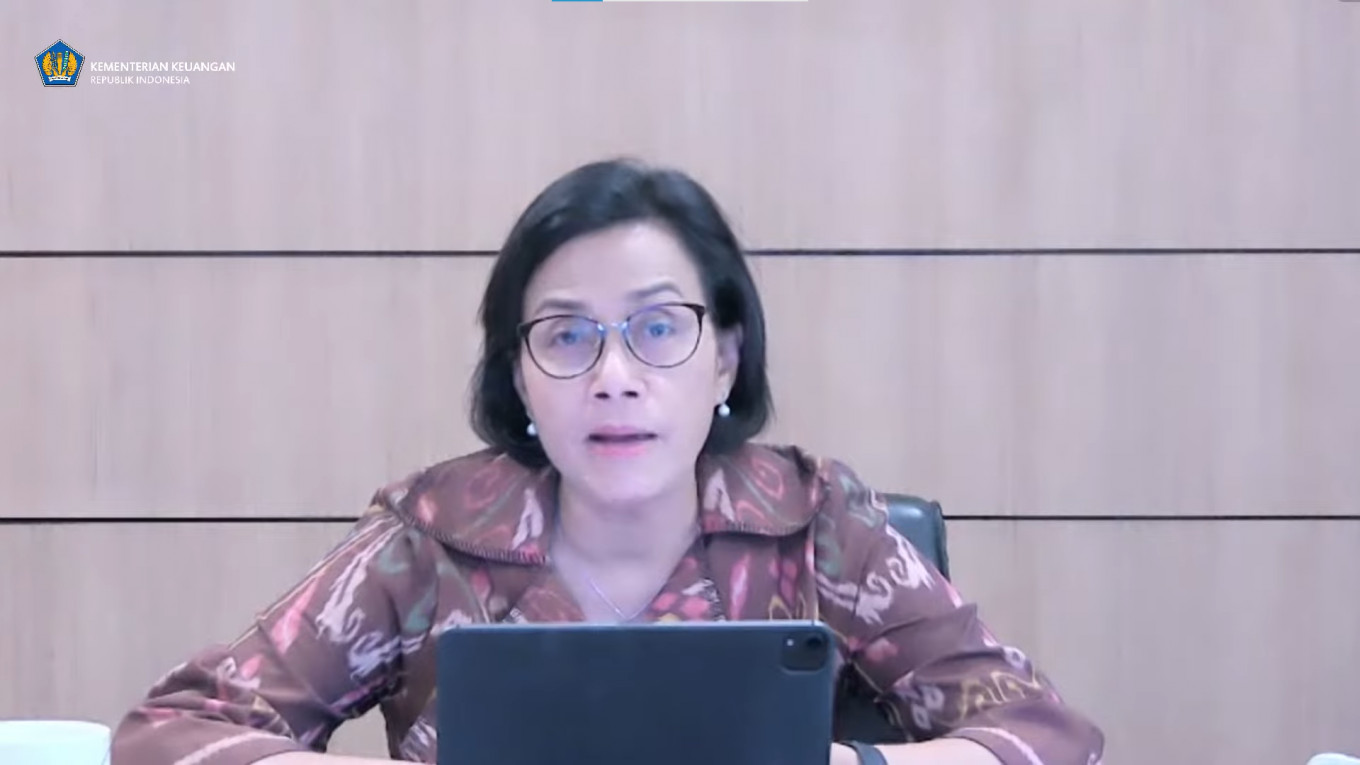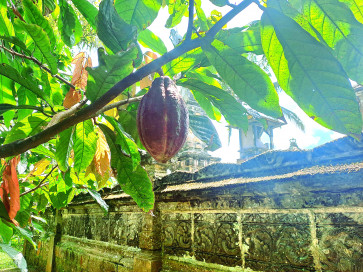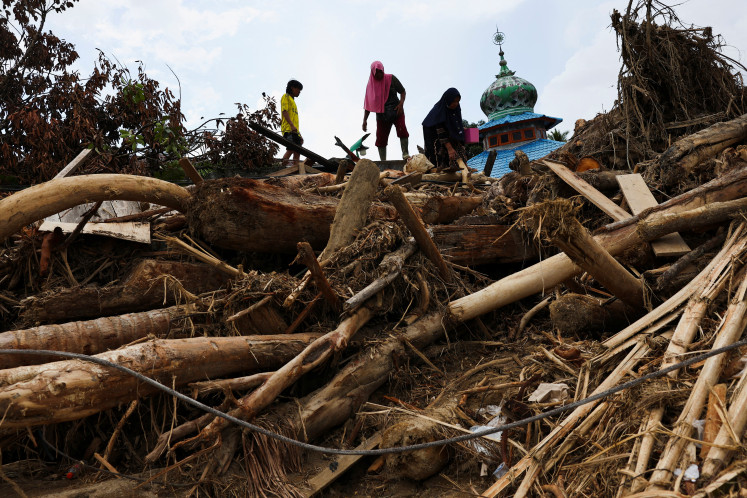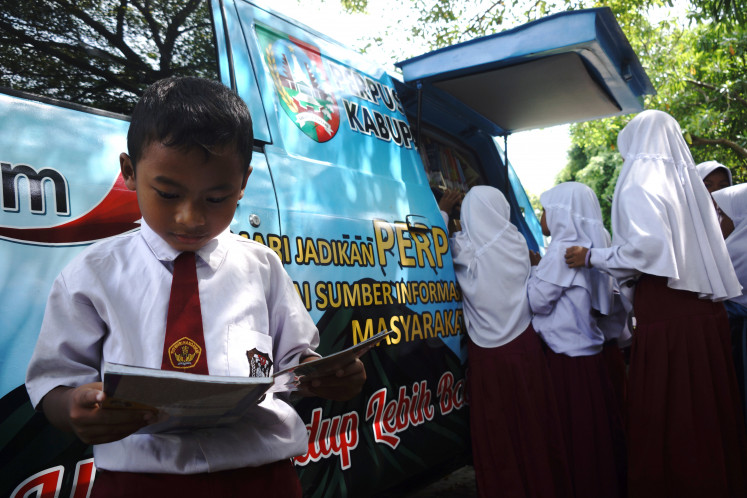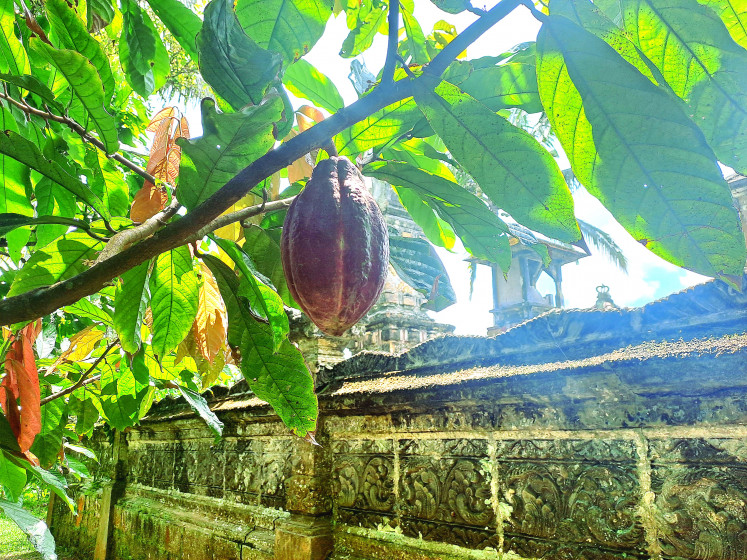Popular Reads
Top Results
Can't find what you're looking for?
View all search resultsPopular Reads
Top Results
Can't find what you're looking for?
View all search results2H21 Economic review: Mitigating further risk from second wave
Change text size
Gift Premium Articles
to Anyone
L
ike other emerging countries, Indonesia is facing a major COVID-19 wave and the government has launched several measures to cushion the impact of the pandemic, including the implementation of emergency public activity restrictions (PPKM Darurat).
Prolonged uncertainty will affect people’s confidence in doing business and hence will negatively affect the full-year economy. Based on our calculations, gross domestic product (GDP) growth in the second quarter of 2021 (2Q21) year-on-year (yoy) could reach above 6 percent if the expansion continues and drop significantly in 3Q21 because of lower business transactions with the mobility restrictions. Now, the million-dollar-question will be about the further outlook of Indonesia’s wider economy and the banking sector during the current situation.
Indonesia’s GDP has room to recover from 2020’s negative COVID-19 impact. Our leading indicators reveal that government spending has pushed some sectors and segments to gradually recover since April. However, some mobility restrictions in January, due to rising COVID-19 cases after the New Year holiday, pushed down the spending index to below 100. It took 15 weeks to recover from the first implementation of restrictions on Jan. 10.
Thus, the lost momentum in 1Q21 has returned in the second quarter this year and reached its peak in May. Approaching the Ramadan fasting month and Idul Fitri, consumers began to have confidence to spend and reallocate their goods basket toward nonfood spending. This was a good sign for recovery, and it was led by a positive spending trend.
Furthermore, rising commodity prices have pushed commodity-producing regions, for example Sumatra, Kalimantan and Sulawesi, to become the major drivers of recovery while Java followed behind due to some mobility restrictions in the midst of high numbers of COVID-19 cases. We have seen two kinds of recovery in spending indices: A “swoosh-shaped” recovery in Sumatra, Kalimantan, Java and Sulawesi and an “L-shaped” recovery in Bali and Nusa Tenggara, which are dependent on the tourist sector.
As for the impact from mobility restrictions, lower spending and reduced investment appetite can be expected if COVID-19 cases continue to rise and the restrictions continue. Based on our historical data, it took around seven to eight weeks for spending to recover and reach the same level of spending index on the first day of the earlier large-scale social restrictions (PSBB). It took 15 weeks for the spending index to recover post mobility restrictions in January.
Thus, we expect that a similar pattern will apply to the current PPKM Darurat but with milder effect compared with the first restrictions. However, we should note that making sure that everyone is vaccinated and health protocols are implemented will also significantly ease healthcare providers’ burden and give business players more confidence.

